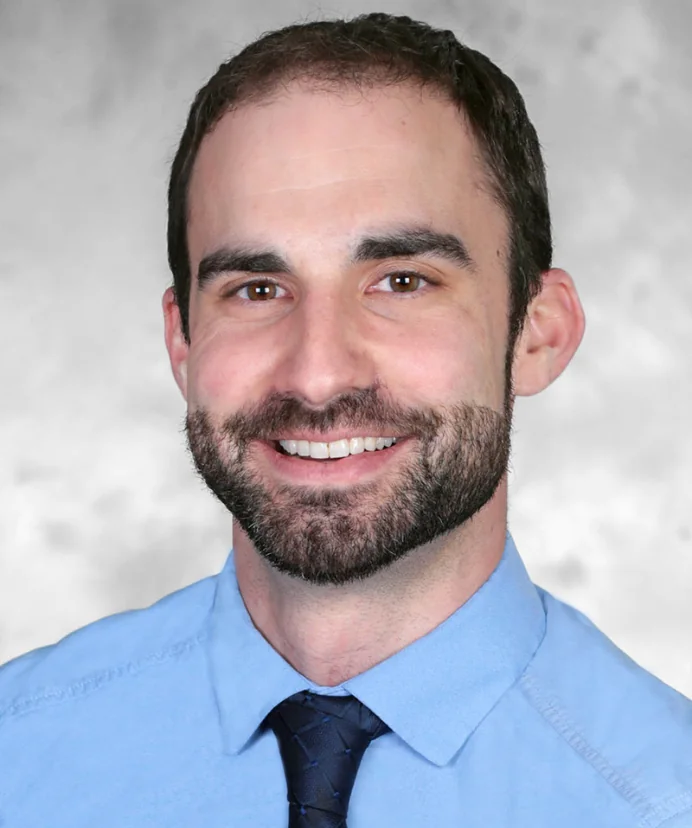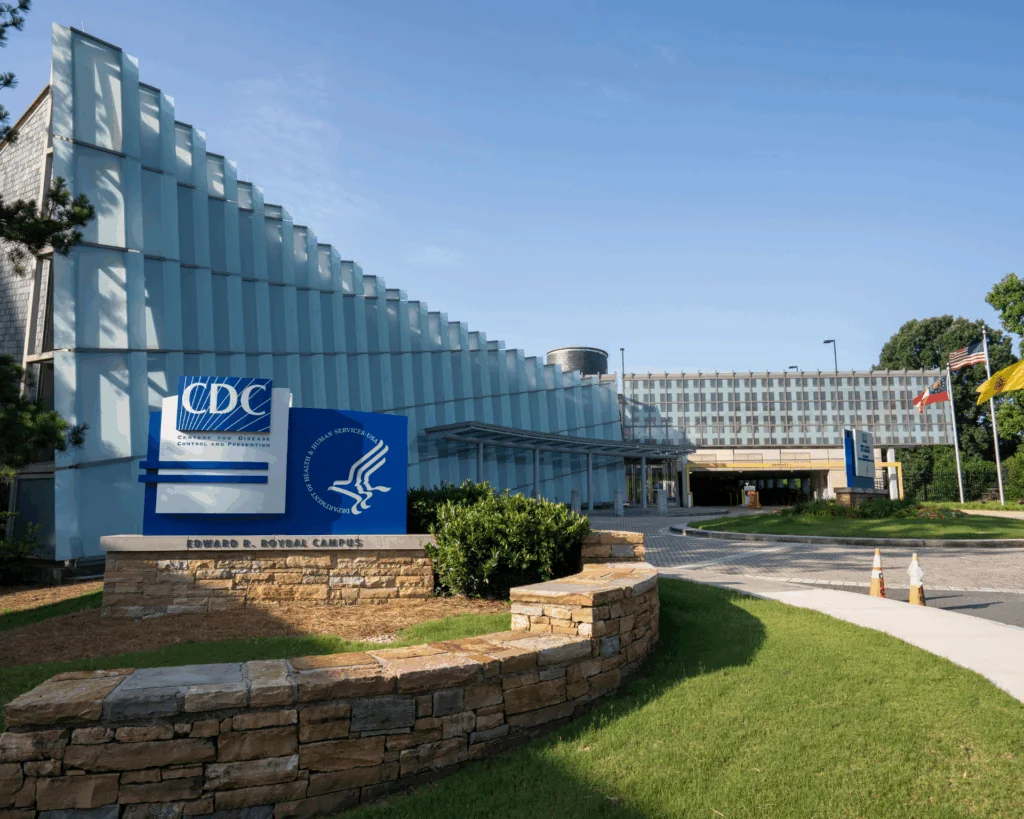Bringing Lung Cancer Screening Behind Bars
A recent lung cancer screening initiative at the Rhode Island Department of Corrections shows promise in reaching this high-risk population.

Read Time: 5 minutes
Published:
Lung cancer is the leading cause of death worldwide, causing an estimated 1.8 million deaths annually. People incarcerated in the United States—including those in jails, prisons, and detention centers—have higher rates of lung cancer compared to the general population. The disparity may be partially explained by higher burdens of smoking and/or more frequent exposure to dust, chemicals, and mold through prison jobs or deteriorating prison facilities. All contribute to the risk of lung cancer. In fact, incarcerated people seem to develop lung cancer about 12 years younger than the general population. And their cancer tends to be identified in later, more advanced stages. A likely cause of this delayed diagnosis? Inadequate lung cancer screening during incarceration.
Cancer screenings can reduce mortality through early detection and treatment. However, studies have shown that incarcerated patients often do not receive recommended cancer screenings, even when they are willing. One study found that only half of incarcerated people willing to receive breast and colon cancer screenings actually received these services.
The United States Preventive Services Taskforce (USPSTF) is a nonpartisan group of national experts who provide recommendations about preventive care based on research. They recommend screening certain patients for lung cancer using computed tomography (CT) imaging scans. Specifically, patients who are 50 to 80 years old with a substantial smoking history are recommended to receive a CT scan every year. CT scans can detect cancers or precancerous abnormalities before symptoms develop. In 2021, the Rhode Island Department of Corrections (RIDOC) developed and implemented a lung cancer screening intervention, and our research team conducted a program evaluation to see how it worked.
The initiative consisted of an initial letter outreach to age-eligible individuals to educate them about screening and learn about their smoking history through a questionnaire. Patients interested in screening were instructed to return the questionnaire via prison mail to schedule a visit with the public health specialist.
The next component of the intervention consisted of a public health specialist reviewing the questionnaires of residents who replied to determine who met all the screening criteria. The final component of the program consisted of a partnership with a local imaging center, which hosted a “screening event.” RIDOC coordinated logistics with the imaging center, as transportation of people incarcerated in prison requires accompaniment by a correctional officer. This was essential because most correctional facilities do not have a CT scanner on site, and transportation of incarcerated people to outside facilities creates a major barrier to receiving care.
As the United States population of incarcerated people continues to age, ensuring evidence-based, equitable cancer screenings will be an important challenge for correctional facilities.
To evaluate this program, we analyzed the proportion of the incarcerated population who was age eligible for screening, the proportion of those interested in screening, and the proportion of those who met all the criteria for screening. Then we measured the proportion of eligible individuals who completed screening. We found that, among individuals aged 50 to 80, nearly half responded to the survey. Of those, every participant who met full eligibility criterion received a CT scan. This demonstrates that a lung cancer screening program in prisons is feasible through the use of patient questionnaires to help determine eligibility and a partnership between a department of corrections and a local imaging group.
While lung cancer screening for incarcerated people may require more coordination of travel and security logistics, the required intentionality and planning resulted in a high completion rate for all eligible patients interested in screening. Importantly, because logistical challenges of security and transportation are common across correctional settings, this RIDOC screening program overcame those challenges and can serve as a model for other systems. Further, identifying eligible patients in correctional settings is often hindered by limited health record systems; however, the RIDOC screening program showed that direct patient questionnaires offer a useful opportunity to address this challenge.
There are several considerations for future research and initiatives to improve lung cancer screening in correctional settings. First, future studies could explore why some individuals do not respond to the initial screening survey. Do they believe they do not need screening because they were asymptomatic? Are they nonsmokers who believe they are not eligible? Are there language or literacy barriers? Did they not receive the survey? Future initiatives can pilot intake surveys or more targeted recruitment strategies to improve identification of all eligible individuals.
Second, a movement to make sure lung cancer screening is more equitable is gaining ground. For example, in response to research showing Black smokers had earlier onset rates of lung cancer and were disproportionately missed by previous screening recommendations, some experts have updated lung cancer screening recommendations to lower the age of eligibility. Given the earlier onset and increased prevalence of lung cancer in incarcerated populations, further research should assess the ideal screening parameters for this high-risk population.
Third, although people who are incarcerated have a constitutional right to health care, correctional settings face significant financial constraints. Nevertheless, there may also be significant cost savings from early disease detection. For example, treating stage 1 lung cancer is much cheaper than treating stage 4 lung cancer.
As the United States population of incarcerated people continues to age, ensuring evidence-based, equitable cancer screenings will be an important challenge for correctional facilities. This study showed that a two-stage survey and a partnership with a local imaging center was a feasible intervention to facilitate lung cancer screening in the RIDOC prison.





